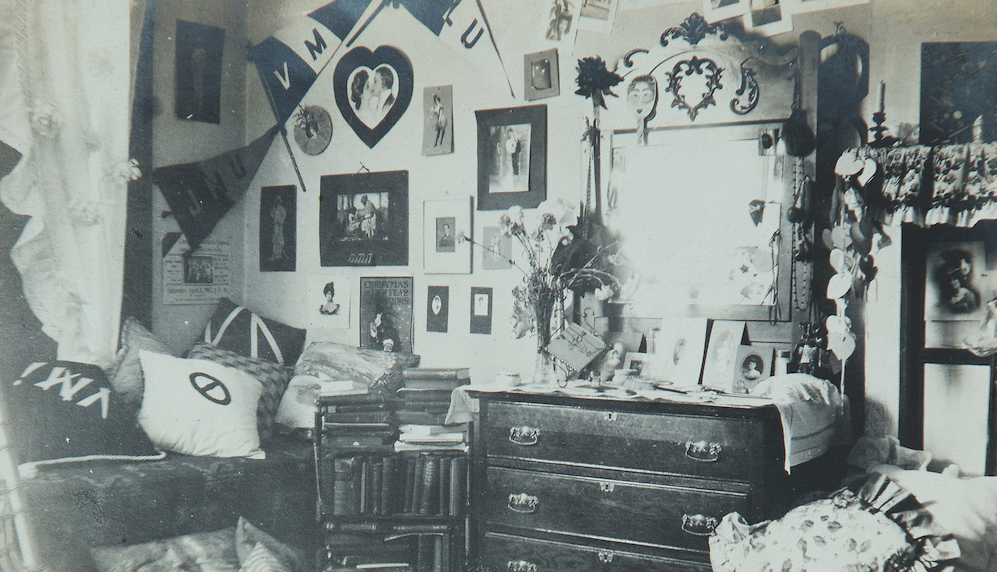![]()
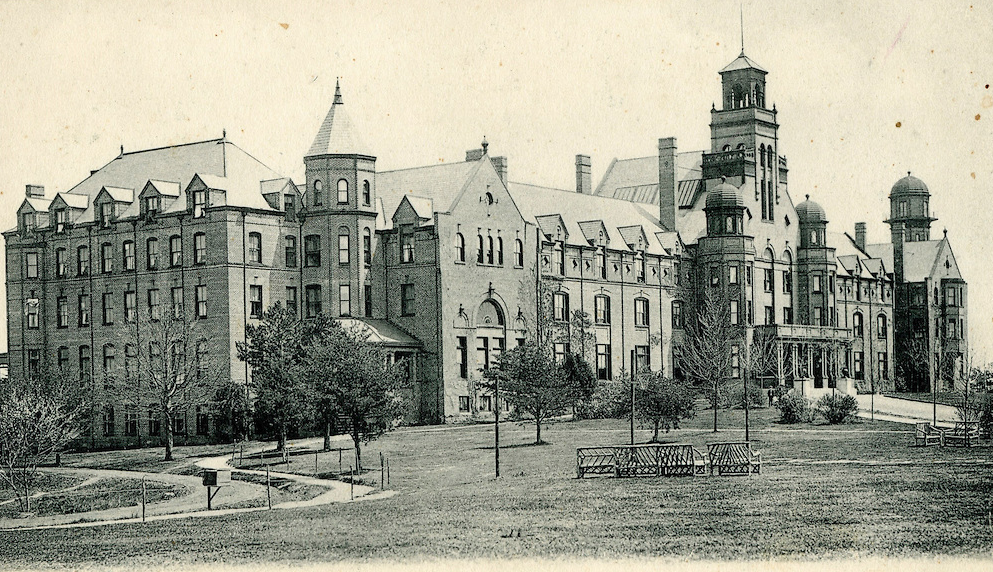
1900s view of Main Hall at Randolph-Macon Woman’s College
Today, Randolph College attracts liberal arts students from around the world to study in Lynchburg, Virginia. Recently receiving acclaim from Princeton Review for its supportive and accessible faculty, Randolph is a leading Virginian university known for its welcoming, tight-knit community, beautiful grounds, and high-quality instruction. But, what did life look on campus when Randolph-Macon Woman’s College first opened its doors on Rivermont Avenue over a century ago?
To learn more about how the college has grown and adapted over the past 125 years, we spoke with Brenda Edson, Randolph College’s Director of College Relations.
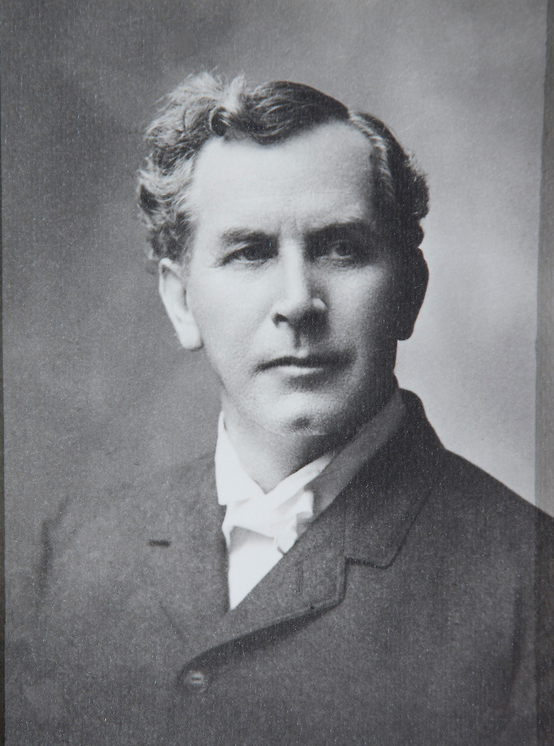 1890s: Randolph College finds its home in Lynchburg, Virginia
1890s: Randolph College finds its home in Lynchburg, Virginia
In 1891, William Waugh Smith began his life’s work of building a school where women could receive the same education that was being offered to men. He looked around the state for a city that was open to the idea of opening a university for women, and, eventually, connected with a man named George M. Jones, who was a shareholder of the Rivermont Land Company. Jones suggested that Smith take a look at Lynchburg. At the time, Lynchburg was a wealthy city that was experiencing quick growth. With its idyllic location by the mountains and good transportation channels, it was the perfect place to start a university.
Smith was able to convince the Rivermont Land Company to donate a 20-acre land parcel, $40,000 cash, and $60,000 in stocks under one circumstance: Smith needed to raise $100,000 for the endowment in 90 days. He was able to secure $106,000 in just 34 days, and the College was officially founded on March 10, 1891. Randolph-Macon Woman’s College opened its doors on September 4, 1893, with 36 boarding students and 12 professors.
“Back in 1891, William Waugh Smith and his novel idea of educating women were welcomed by this amazing city,” said Edson. “Today, we are proud to remain an integral part of our community.”
1910 dorm room at Randolph-Macon Woman’s College
College life in the 1890s:
In the 1890s, it was uncommon for women to attend college. In fact, promotional cards for the university in its early days used the statistic that only one in 5,000 women would attain a post-secondary degree. Women who attended the university were required to meet seven core regulations:
- Social evening every week “at which properly introduced visitors may be received
- “No invitations to accompany young gentlemen to entertainments in town can be considered”
- Registration is required before going to the city for any purpose
- Exercise, though voluntary, is urged upon all students
- Sunday visitors are to be received under very special circumstances
- Religious duties, in regard to the selection of a church and Sundayschool were to be reported to the president
- The students shall be advised to join a Y.W.C.A and two literary societies
Roberta Cornelious, a professor at the College and the author of a book about its early history, wrote in 1950, “Life was simpler in the early period of the College history than it is today, but the part of the students was no less important. They were always equal partners in the enterprise of education—never mere pupils following directions. From the beginning, they had plenty of initiative and a strong sense of responsibility.”
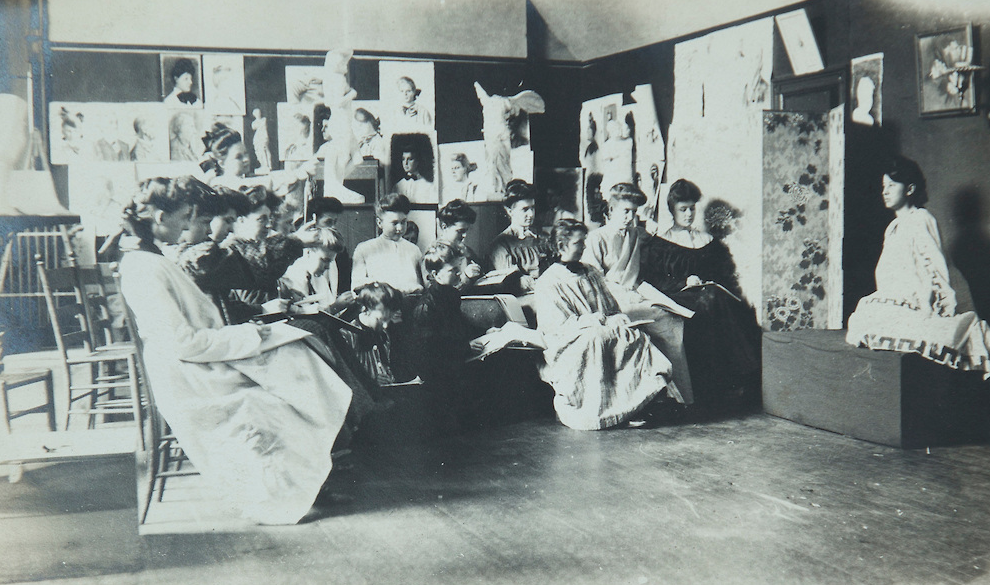
1910s art class at Randolph-Macon Woman’s College
Today, campus life is a little bit different. In 2007, Randolph-Macon Women’s College rebranded to Randolph College and became a coeducational school. Despite these changes, Edson says that the Honor Code is still upheld and the campus atmosphere maintains its foundation of trust, respect and understanding.
“Our name has changed, and we now offer this excellent educational opportunity to women and men of every race, religion, or nationality,” said Edson. “But as you walk through the beautiful hallways of these historic buildings (some that date back to our beginnings), or you talk to the energetic, intelligent, and passionate students of today, it is clear that the same spirit that made this college special to those first pioneering women in 1893 remains strong today.”
The College’s commitment to offering high quality liberal arts education hasn’t changed. Early students at Randolph-Macon typically studied a combination of these core subjects:
- Latin, Greek, French and German
- Sciences, Mathematics and Psychology
- Philosophy, Social Sciences and History
- Education and Pedagogy
- Art, Music and Physical Culture
Although fewer students are studying languages, graduation statistics indicate that the most popular degree programs at Randolph today are Biology, Psychology, Economics, Sociology, English, Art and Math.
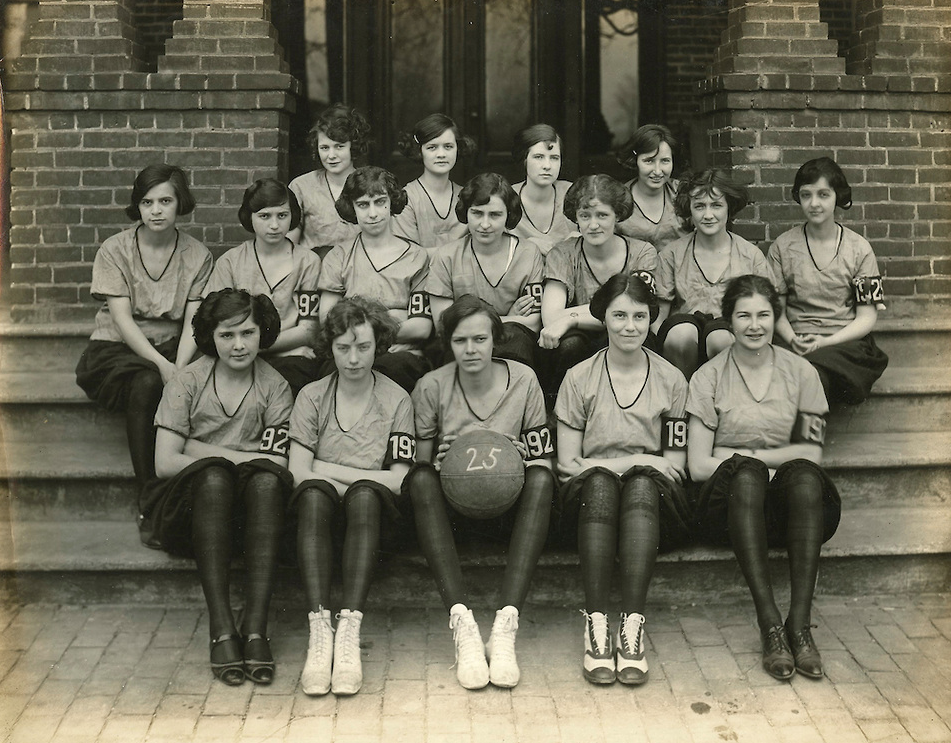
1925 basketball team at Randolph-Macon Woman’s College
Sustaining growth, despite economic fluctuations
A large contributing factor to Randolph’s success over the years, has been its commitment to maintaining its liberal arts roots. Over the years, the university has added programs, but the focus has always been on providing students with the skills and knowledge needed to be successful in their careers, graduate studies, and life. Edson notes that Randolph has also been on the forefront of several important movements. For example, the College was the first in Lynchburg to fully invest in a sustainability plan in the 90s.
How does Randolph give back to the local community?
“Our students, staff, and faculty are heavily involved in their communities. Randolph believes in sharing many of the broad experiences we offer to our students to our neighbors in Lynchburg. We enjoy opening the campus to the public when we host nationally and internationally respected speakers, artists, and performers. We offer many free programs as well, including our popular Science Day and Science Festival, Science Saturdays, and more. In recent years, we’ve created even more ways to help our local high school students afford a top notch education. One of the most popular has been our special financial aid program for Region 2000 area students. Through this program, these local students are guaranteed tuition of no more than $10,000 each year.”
“For 125 years, Randolph has been an integral part of the Lynchburg community. We are proud to call this wonderful city home and look forward to the next 125 years!”
{{cta(‘470752f4-3ca8-4f71-b880-dc5b69a04790’)}}
All images provided by Randolph College.
